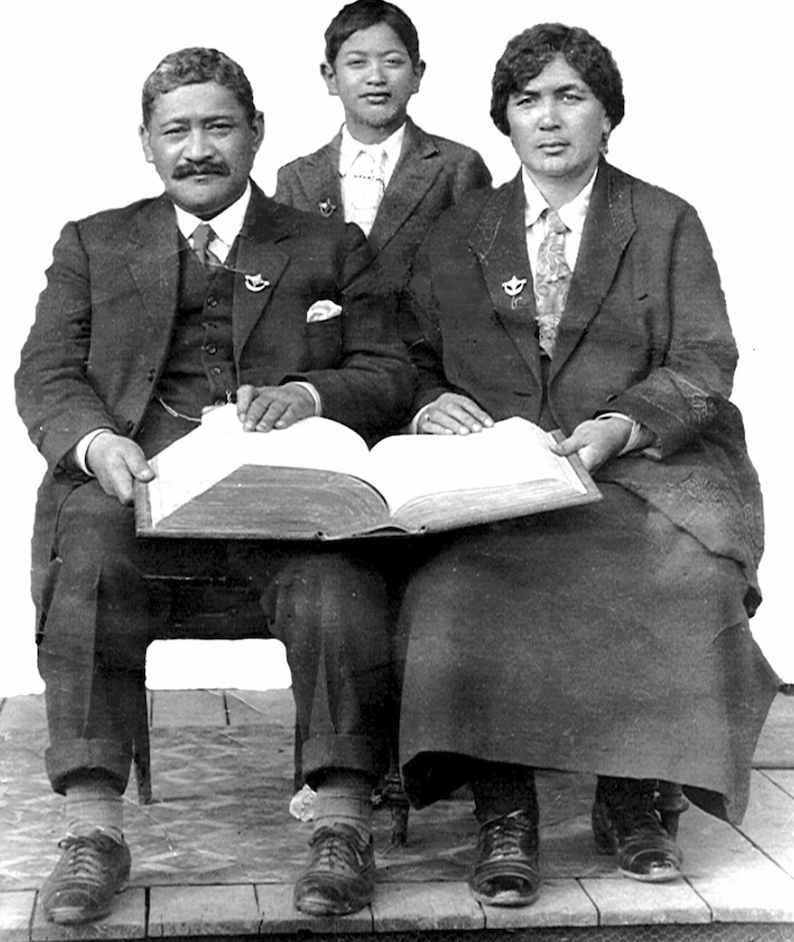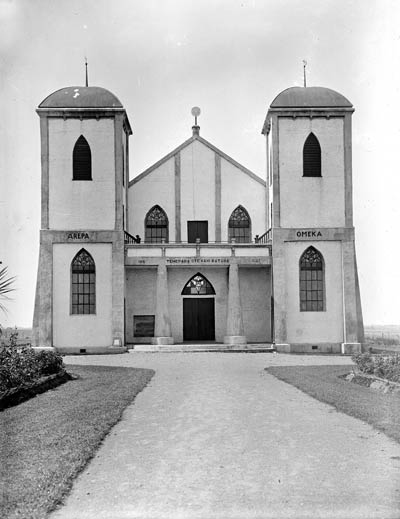WelCom March 2024
Rātana Pā, or Ratana Community, is a town near Whanganui and Marton in the Manawatū-Whanganui region. 25 January and 8 November are anniversary days of the Rātana Church, founded by the prophet Tahupōtiki Wiremu Rātana (1873–1939). On these days thousands of church members converge on Rātana Pā for the special anniversary services commemorating the birth of Rātana (25 January 1873) and his first spiritual vision (8 November 1918). Pā Piripi Cody sm attended this year’s celebrations in January.
Reflections on Rātana
Pā Piripi Cody sm
Rātana is really a family birthday. It honours and celebrates the birthday of the founding prophet of Rātana, Tahupōtiki Wiremu Rātana (1873–1939). His birthday is 25 January each year. So the atmosphere of Rātana is just that: a whānau gathering to share and enjoy company and mark a birthday, not least by the regular playing and marching of the Rātana band. Children and families are evident. There are games and kai and just enjoying being together.
While it is true the time, spread over four days, has a key day of prayer, the gathering cannot simply be described as a ‘religious event’. Nor, despite the long links with parliament and in particular the Labour Party, can it simply be named a ‘political event’. That does attract the media and who is there and who is not there hits our TV screens.
Rātana set up his faith-based town or Pā at Rātana. He believed a spirituality could save his people as he saw Māori were being divided and losing a sense of purpose in life. So his message is the importance of coming together as a people and sharing, praying, and reflecting on the purpose of life.
His spiritual insight is linked with Christianity (his mother was Methodist). He wanted to draw Māori from the ‘old world’ spirituality into the new. The phrase that ends many whaikōrero and prayers is: Ki te ingoa o te Matua, o te Tama, o te Wairua Tapu, ngā Anahera Pono, me Te Māngai hei tautoko mai aianei, ake nei, ae! In the name of the Father, of the Son, of the Holy Spirit and the Faithful Angels, and God’s spokesperson, now and always, Amen.
Rātana underwent a conversion in 1918 and saw a vision of angels. Hence the reference to the ‘Faithful Angels’. Wiremu Rātana – and his discerned successor – is seen as a ‘Māngai’, a ‘voice’ who brings the message of God to the ‘Morehu’, ‘the faithful followers’.
That vision was to bring unity and purpose to a people scattered and losing a focus in life as the new arrivals to Aotearoa New Zealand multiplied and took over land and control. He also developed a healing practice that attracted many.
This year, 2024, a particuar theme was stressed, that of ‘kōtahitanga’, ‘unity’. This had been the emphasis at the gathering that Kīngi Tūheitia the 7th, called at Tūrangawaewae in the face of reaction to a government group who seem to not appreciate the values of Māoridom and its expression in te reo Māori.
King Tūheitia stressed that what is important is to be who you are, to live and speak as Māori and to be united as families, hapū, Iwi and a people. Not to get distracted by politics and protest reactions to them, but to seek the unity in the Spirit of being Māori. So that theme echoed in different speakers at Rātana and was the prayer of all.
The first two days involved pōwhiri to welcome groups from around the country, including the ‘Kingitanga’ and King himself, who also came on the spiritual, Temple, day. Not only that, but to feed the hundreds in the dining room. A well organised operation.
The ‘political’ day welcoming leaders from the Opposition and Government. Then the last day being the actual birthday, was the day of Prayer and Celebration.
One particualar group that came was a tiny gathering of Ainu people from Japan. As part of his vision, Rātana sensed that God’s blessing was to embrace every continent in the wider world. So he travelled on world trips to discover and to share. One group he went to were these Ainu people. They are a tiny indigenous group in northern Japan, virtually dismantled by the majority. Rātana quickly saw parallels and to this day the Ainu people honour his support and quest to ensure indigenous persons are honoured and have a place to stand. His siding with Japan as linked with Māori caused concern [at the time].
The Ratana movement has had a huge influence over Māori political tendencies and national politics as a whole. From 1922 onwards the Ratana movement became increasingly occupied with politics. It highlighted the importance of the Treaty of Waitangi, arguing it should be entrenched in legislation. The movement campaigned for ratification of the Treaty of Waitangi as a ‘cure-all’ for dispossessed Māori and collected 30,000 signatures on a petition calling for this.

Rātana Church – Whetu Marama
The whetū mārama tohu (symbol of the star and moon) represents enlightenment through the Christian trinity te Matua, te Tama me te Wairua Tapu (the Father, Son and Holy Spirit), ngā Anahera Pono (the faithful angels) and the revelations of te Māngai (mouthpiece or prophet) – Rātana, inspired by the Holy Spirit.
Source: Te Ara, The Encyclopaedia of New Zealand

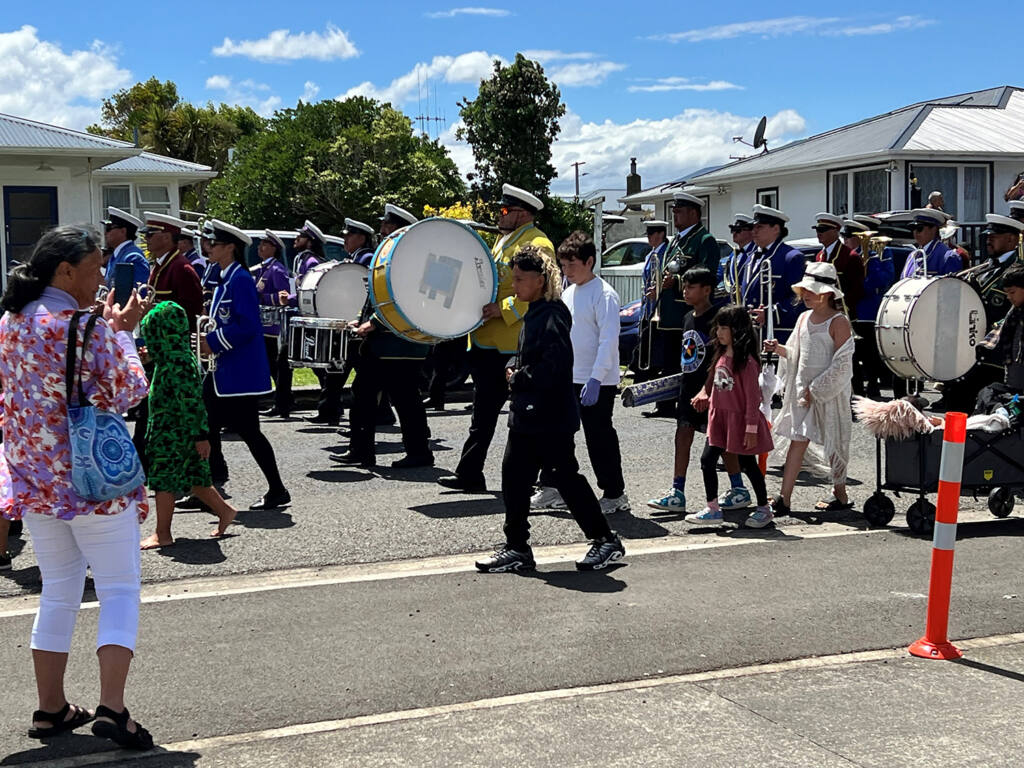
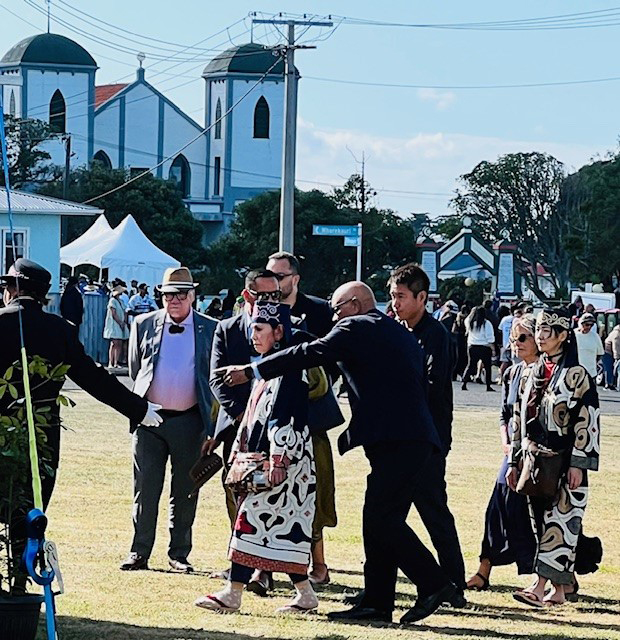
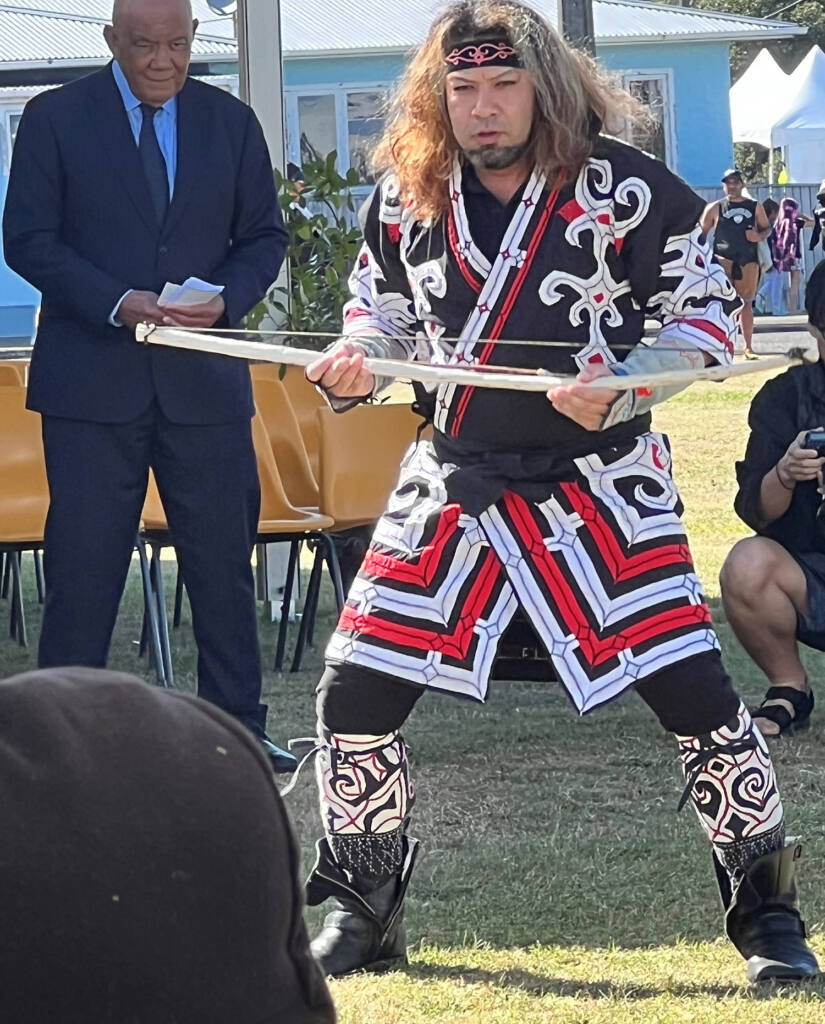
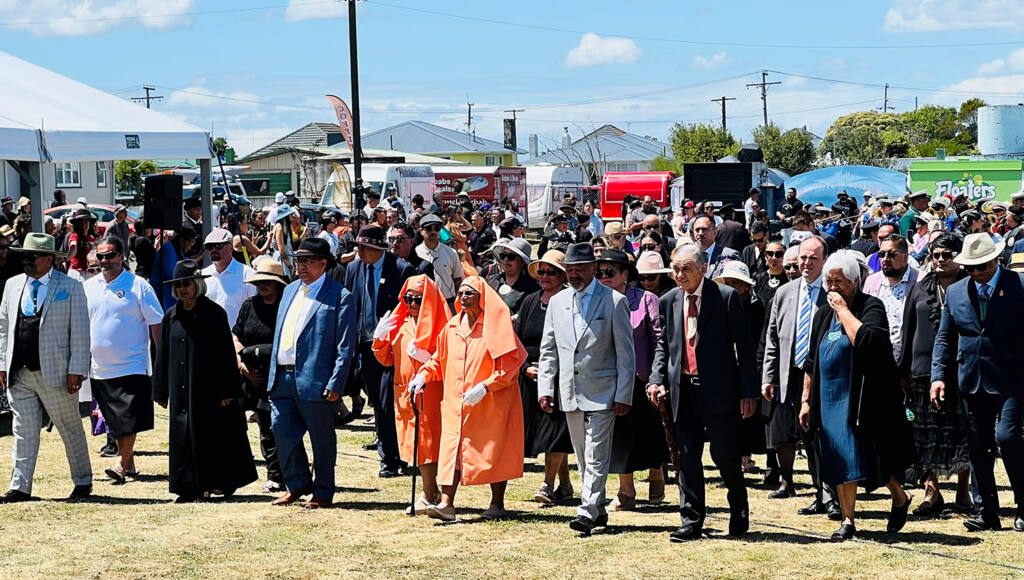
Ratana Church
Rātana (1873–1939), the religious movement that bore his name gave hope to many dispossessed Māori and later became a political force.
A prominent spiritual and faith healer, Rātana challenged the government and the British Crown to honour the Treaty of Waitangi. During the 1920s he established Rātana Pā, south-east of Whanganui, attracting a large pan-tribal following who bore witness to Rātana’s healing powers.
The Rātana Church, located at Rātana Pā, was opened in 1927 and is the headquarters of the Ratana religion.
The Ratana Temple is at the heart of the movement. Its design incorporates many of the symbols used by the faith. Te Manuao (Te Aaaka or the Ark) is the main administrative, meeting and dining building with representations of the waka (canoes) of the ‘great migration’ alongside the Heemeskerk and Endeavour on the outer fascia, making it clear that while this is largely a movement for Maori, everyone is welcome.
Today Te Temepara Tapu O Ihoa, with its twin bell towers, has a hundred wooden pews capable of seating up to 2000 people. The building represents Ratana’s theology, from the Holy Trinity to the ‘Sun of God’ on the apex of the outer building and the Eye of God (kanohi) just inside the entrance.
Ratana Church continues to provide faith and guidance for many Māori across the country and overseas.
Source: nzhistory.govt.nz/keyword/ratana
